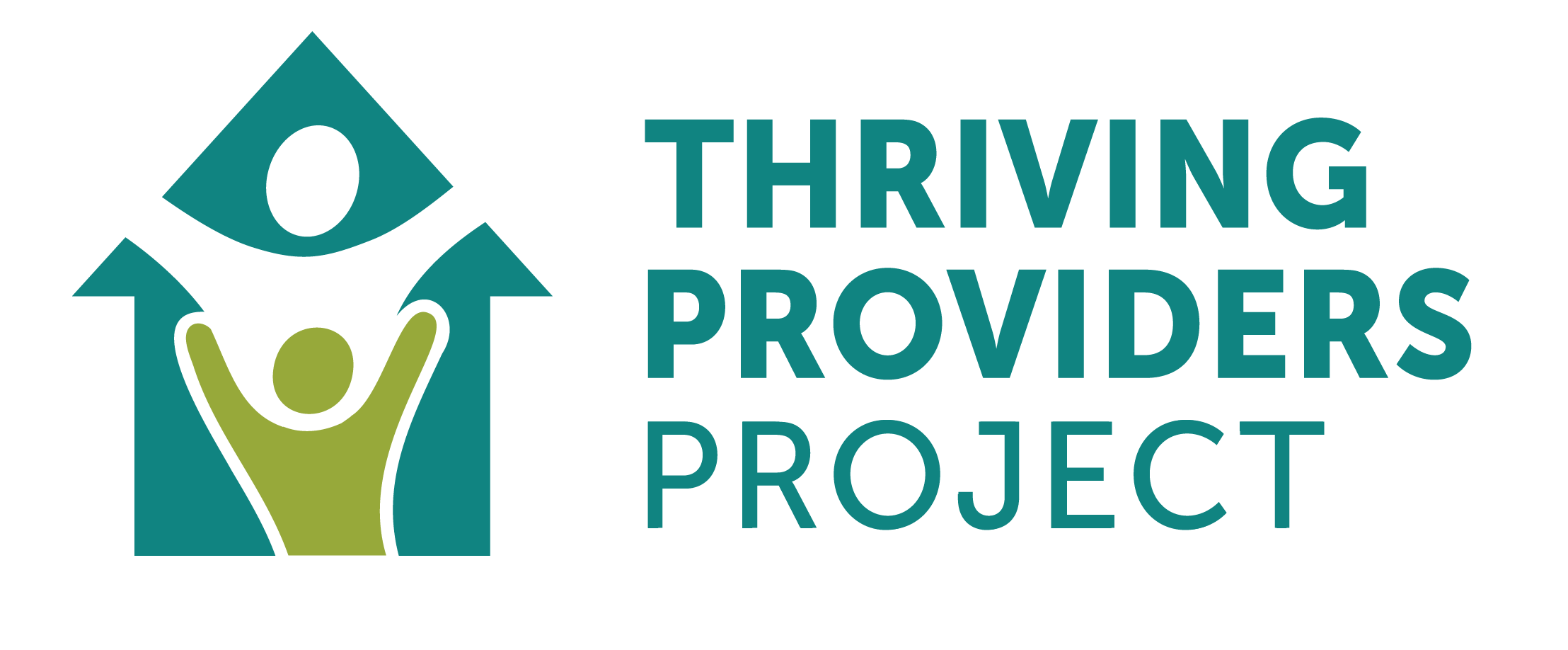The expiration of child care stabilization funds at the end of September has dominated news cycles for weeks and recently the Biden administration has requested $16 billion in additional funding for child care from Congress. The issue at the forefront of Home Grown’s concern is: How do we maintain access to child care for families while addressing the decades-long disinvestment in and under-compensation of the child care workforce? Many experts agree that in order to build and maintain a thriving child care sector, we should prioritize provider compensation. The Brookings Institution called this a “compensation first” approach and we wholeheartedly agree that parental access to high-quality and consistent child care will depend on valuing and compensation the workforce. As we face ongoing and increasing fiscal scarcity and tough decisions, Home Grown believes that there are opportunities to elevate compensation for the workforce by focusing on both wages and benefits. Home Grown has two new resources to support program designers, network operators and state leaders in doing just that: the Thriving Providers Project Benefits Protection Toolkit and the Opportunities for States to Improve Benefits Access for Home-based Child Care Providers brief. Each is described more fully below.
Wages
Wages is the number one concern for child care providers and there are opportunities for states to prioritize spending of child care funds on reimbursements that increase and create stability in workforce wages and salaries. In July, we shared our enthusiasm about proposed rulemaking by the federal government that would move our child care system toward modeling CCDBG subsidy reimbursement after the true cost of care and also engage in preemptive payments that create stability for providers. There are states like New Mexico and Vermont that are leading the way to pay based on true cost and we applaud their efforts. Signaling from the federal government about the role of child care reimbursement payment mechanisms in stabilizing the economic well-being of providers is important and it is essential that other states take action to respond to the pressing need for sufficient, predictable and reliable child care payments that increase the wages of the home-based child care workforce.
Home Grown’s initiative, the Thriving Providers Project, seeks to offer policy leaders a demonstration of how compensation first strategies like direct cash and wage boost programs, might improve outcomes for children, families and the providers themselves thus strengthening our overall child care system. And yet the additive nature of cash for the home-based child care provider only has power when other public benefits are protected. Surveys find that 44% of providers are struggling with material hardship which means they aren’t able to afford at least one basic need like food, rent or utilities. One in three early childhood educators is going hungry. We also know this workforce carries student loan debt at high rates and is challenged to afford stable housing.
We share here some resources and lessons around protecting and accessing public safety net benefits that can inform programs as well as policy approaches to raise provider wages. Like many guaranteed income pilots across the country, attention to benefits impact is of paramount importance in the design of the pilot. We know that home-based child care providers currently earn no or low wages and that a large portion currently depend on public benefits. We consider both how to DEFEND benefits, which means preventing or mitigating loss of benefits when small amounts of new income are realized, and we offer ideas about ACQUIRING new benefits that might support the provider and their household.
Mitigating Benefits Loss
When designing new programs or considering reimbursement or wage increases for home-based child care providers, attention to current benefits utilization and potential disruption should be of paramount importance. This video helps illustrate how even significant wage increases result in lowered usable household cash if they coincide with benefits losses. As a matter of first action, program designers, payment administrators and policy leaders should have a clear idea of how increases in income will impact the participants and providers.
Home Grown is excited to have commissioned the development of the Thriving Providers Project Benefits Protection Toolkit, created by KD Strategic Advising and Consulting and Impact Charitable, to support partners who seek to deliver cash to child care providers in planning to protect benefits. This toolkit assists community implementers to assess benefits utilization and potential impact of additional income, to engage with peer organizations who also seek waivers or local policy support to mitigate loss, to design benefits counseling approaches to support participants and to consider specific program adaptation to manage potential benefit losses.
This toolkit can be a resource to state administrators who manage the child care subsidy system, to state business parents who distribute child care payments (CCRRs and others), to networks of support for child care providers, and to program designers seeking to use direct cash or other wage supplements to improve provider pay.
Acquiring benefits
In addition to ensuring that providers don’t lose benefits, there may be opportunities to ensure providers utilize benefits currently available to them. We see data in the sector that suggests providers may be under-utilizing benefits. Early childhood providers are some of the lowest-paid workers in the country, work some of the longest hours for that low pay (the average home-based provider offers care 55 hours a week), and experience significant financial hardship. Federal data indicate that health care coverage among this group is lower than average. The national average of uninsured adults is 8%; among licensed providers the uninsured rate is 9%; and for paid informal caregivers, the uninsured rate is 17%. We also know that inconsistent coverage seems to be the norm. Beyond health care, we know providers may need other benefits including food aid, housing support and access to retirement benefits.
Early this fall, Home Grown released a new resource that supports network administrators and state leaders in considering ways to connect home-based child care providers to public benefits and resources. This tool, Opportunities for States to Improve Benefits Access for Home-based Child Care Providers, looks at various types of benefits and uplifts innovative models like in Kentucky, where the state now sponsors the cost of child care for child care workers.
Accessing benefits is hard. It’s time consuming and the processes can be complex. The early childhood sector has an opportunity to better understand these processes and support child care providers in navigating them. Access to benefits is shown to materially improve household stability and that should be a priority for our sector.
We hope this discussion helps you consider how your project, region or state can be intentional in thinking about compensation as inclusive of both salary or wages and benefits. There are both threats and opportunities around the issue of benefits and we encourage partners to think about both how to mitigate disruption as well as how to expand access.

